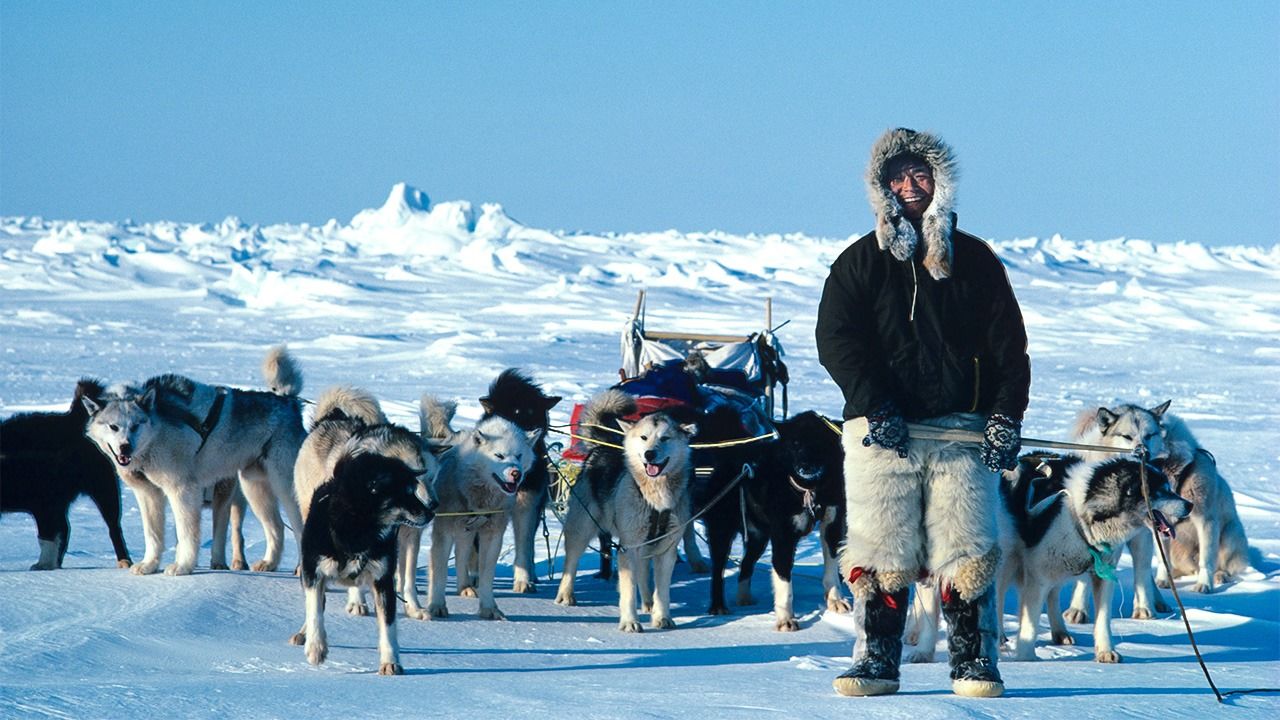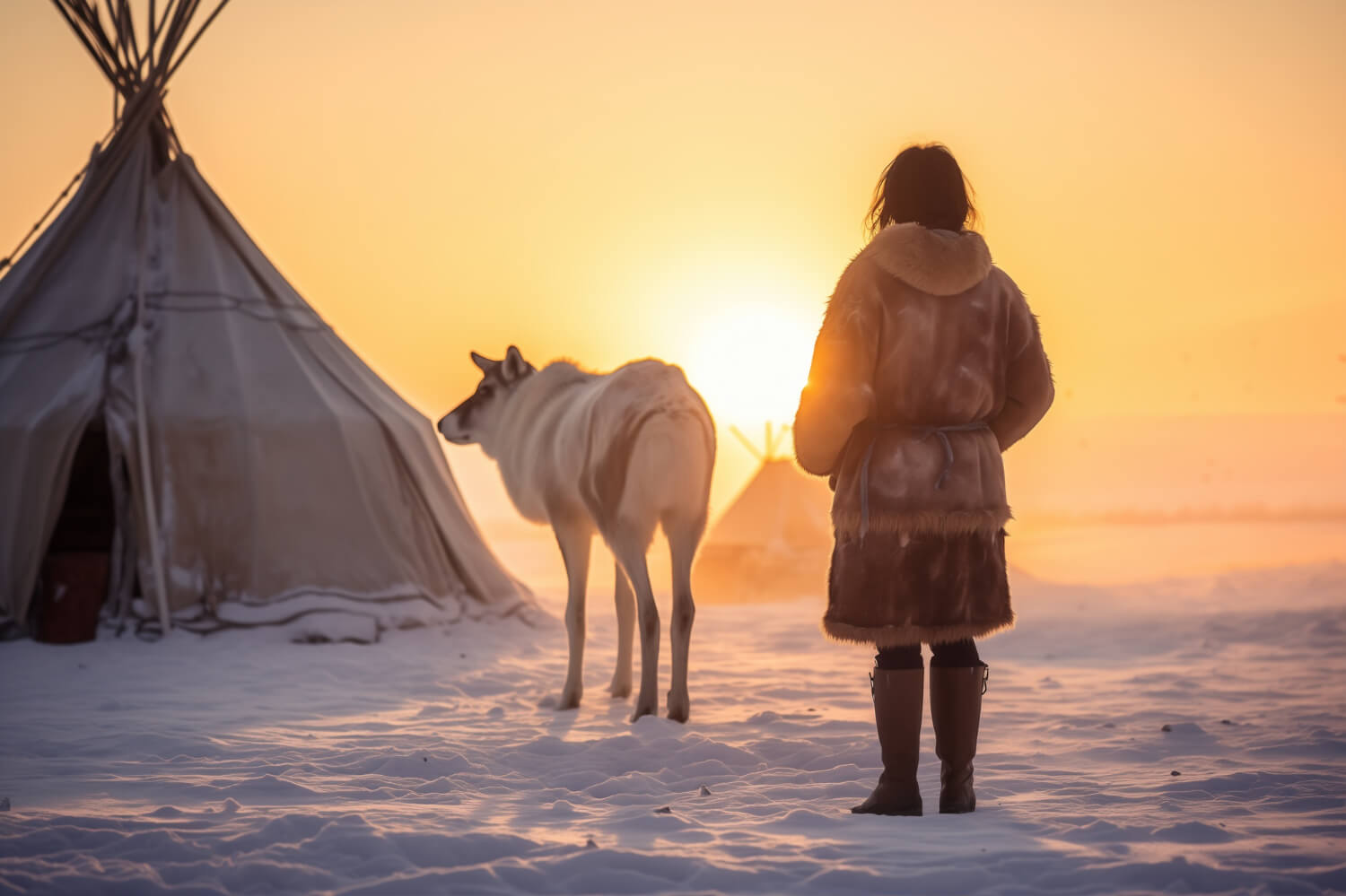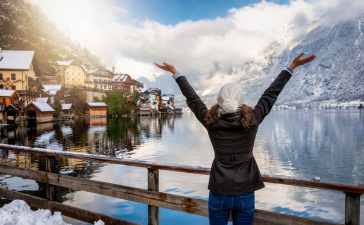With its jaw-dropping landscapes and relentless, icy grip, the Arctic is not for the faint of heart. Bone-chilling winds, tundra, and stark isolation deter most from exploring its vast unknown. Yet, for a bold few, this frozen wilderness has offered adventure and enormous opportunity. From early explorers mapping uncharted territories to scientists uncovering the secrets of climate change and entrepreneurs tapping into the region’s untapped potential, the Arctic remains a proving ground for resilience, ingenuity, and the unyielding human spirit.
Frozen Frontiers of Exploration
While many of us might associate the Arctic with survival nightmares and frozen toes, early explorers saw it as a land of unimaginable potential. Norwegian explorer Roald Amundsen is one of the most legendary figures connected to Arctic exploration. Driven by the lure of fame and discovery, Amundsen became the first to successfully traverse the Northwest Passage. This treacherous route, weaving through Arctic seas, had foiled countless expeditions before him. Unlike his predecessors who tried brute force to conquer the ice, Amundsen adapted to the environment, learning survival skills from the Inuit, such as how to build igloos and use dog sleds.
His success wasn’t just personal; it reshaped global trade perceptions. Had the harsh conditions not frozen shipping lanes most of the year, the Northwest Passage might have become a key trading route. Regardless, Amundsen’s name became synonymous with human triumph over nature.
Similarly, though ill-fated, Sir John Franklin’s Arctic expeditions paved the way for a better understanding of Arctic mapping, inspiring future adventurers to approach more innovative strategies.
Entrepreneurs of the Ice
Fast-forward to more modern times, and the Arctic remains a place of opportunity—but now, it’s not navigation or new land that lures people in. The region’s rich natural resources, stunning landscapes, and ecosystems are attracting daring innovators and entrepreneurs who see it as more than just a frozen wasteland.

One standout example is Einar Aas, a Norwegian entrepreneur who capitalized on Arctic tourism. Recognizing the allure of the “last untouched frontier,” he founded a luxury cruise company that could safely and comfortably take adventurers into the icy reaches of the Arctic Ocean. By navigating glaciers and polar bear habitats, Aas demonstrated that the Arctic’s harshness could also be its biggest allure. This multi-million-dollar business now contributes to sustainable tourism while fueling global fascination with the world’s northernmost regions.
On another front, the Arctic’s untouched resources presented opportunities for industries such as mining and fishing. While resource extraction in such climates is controversial and requires careful planning to avoid ecological disaster, trailblazers in these industries have leveraged innovative technologies that work in extreme cold. For example, companies like De Beers have mined diamonds in the remote tundra of Arctic Canada, balancing operational challenges with big payoffs.
Scientists Searching for Answers
The Arctic is not just a test of physical endurance but also a laboratory for uncovering Earth’s secrets. It’s here that many scientists have turned frostbite into fortune—not in a monetary sense but in the wealth of knowledge they’ve uncovered to combat global challenges.
Consider the life’s work of marine biologist Dr. Kristin Laidre. Her groundbreaking research into Arctic wildlife, including polar bears and narwhals, has contributed to understanding how animals adapt to climate extremes. More importantly, her findings have influenced conservationist policies around the globe, proving that the Arctic isn’t a place of isolation but a keystone ecosystem that affects the health of the entire planet.

Climate scientists, too, brave the brutal cold, enduring months of polar darkness to study melting sea ice and ancient permafrost. The Arctic holds vital clues about Earth’s past and future, as greenhouse gases like methane stored in its frozen ground threaten to accelerate global warming. Through this work, these researchers have turned knowledge into “fortune” for humanity, giving societies the tools to prepare for a changing climate.
Building Communities in Isolation
Another fascinating example of innovation in the Arctic comes from its northernmost residents. Indigenous communities like the Inuit have thrived in these environments for millennia. They’ve built sustainable lifestyles around the resources available to them, crafting tools and structures adapted to harsh conditions. Modern-day Arctic businesses often turn to Indigenous peoples for insights on thriving in this environment.
For instance, Arctic char is one of the region’s prized commodities. Indigenous entrepreneurs have transformed fishing into a high-demand industry, supplying gourmet restaurants around the world. It’s a shining example of turning local expertise into a global opportunity.
Similarly, in Greenland, Inuit-led businesses are tapping into the renewable energy potential of Arctic rivers. By harnessing hydropower from glacial waters, Greenland provides for its own energy needs and looks to export energy solutions to the rest of the world.
Lessons in Resilience and Ingenuity
What unites all these Arctic adventurers, whether they’re explorers, scientists, or entrepreneurs, is their resilience. Surviving and thriving in the Arctic means rethinking conventional approaches. It’s about working with, rather than against, the environment. Amundsen learned this lesson from the Inuit, while modern Arctic entrepreneurs leverage local knowledge to ensure sustainability.
The Arctic demands respect. It punishes hubris yet rewards those who are adaptable, creative, and resourceful. The rewards go beyond monetary gains for those who dare to brave its wilderness. They leave behind legacies of discovery, innovation, and inspiration for humanity.





